The Essence of Scandinavian Interior Design
Scandinavian interior design is renowned throughout the world for its simplicity, minimalism, and functionality. The focus is on creating spaces that are warm, welcoming, and comfortable. Generally, Scandinavian design emphasizes light, neutral color palettes, a mix of natural and man-made textures, and modern, streamlined furniture.
Although Scandinavian design is often associated with modernity, its roots can be traced back to the early 20th century. Architects, designers, and craftspeople in Nordic countries sought to create a new aesthetic that was influenced by the natural environment and reflected their values of simplicity, honesty, and functionality. Their work emphasized the use of natural materials such as wood, stone, and leather, and focused on craftsmanship and quality.
Key Elements of Scandinavian Design
Color Palette:
Scandinavian interior design often features a light, neutral color palette. Whites, grays, and beiges are popular choices, with black accents used to add contrast. The use of natural materials like wood and leather also adds warmth and texture to these spaces.
Furniture:
Scandinavian furniture is often characterized by clean lines, minimalism, and functionality. It features simple, modern designs that prioritize comfort and durability. Materials like wood, metal, and leather are often used, and pieces are designed to be versatile and adaptable to a range of spaces and uses.
Lighting:
Lighting is a key element of Scandinavian design, as the long, dark winters in Nordic countries have inspired a focus on creating warm, cozy indoor spaces. Lighting fixtures in Scandinavian interiors are typically simple and unobtrusive, with soft, warm light that creates a welcoming atmosphere.
Textures:
Texture is an essential element of Scandinavian design, as natural materials like wood, stone, and leather are often used. These materials create a warm, organic feel that is both welcoming and comforting. Textiles such as wool and linen are also used to create texture and add warmth to spaces.
Examples of Traditional Scandinavian Interiors
The Norwegian Stabbur:
The “Stabbur” is a traditional Norwegian building that was historically used to store food and other supplies. Today, Stabburs are often converted into guesthouses or small living spaces. These spaces are usually small and cozy, with simple, functional furniture and a focus on natural materials.
The Swedish Summer House:
In Sweden, summer houses are a popular tradition that dates back centuries. These houses are often small and simple, with a focus on entertaining and spending time outdoors. Inside, clean lines and natural materials create a simple, inviting atmosphere.
The Danish Hygge Home:
Hygge is a Danish term that loosely translates to “cozy.” Danish interior design often emphasizes creating warm, inviting spaces that prioritize comfort and relaxation. These spaces often feature a mix of modern and traditional elements, with natural materials and soft, warm lighting.
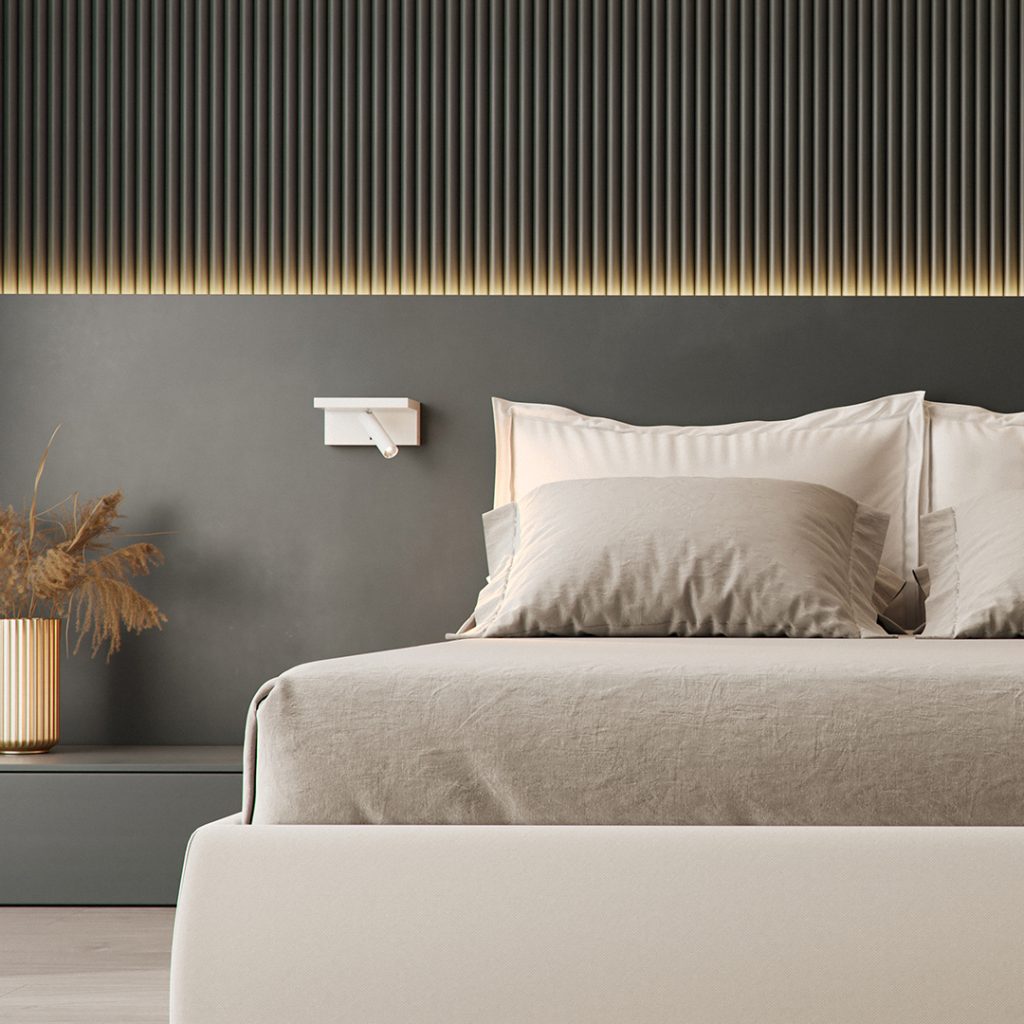
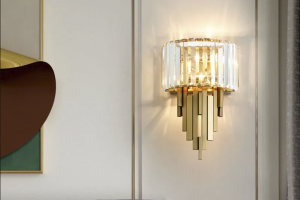
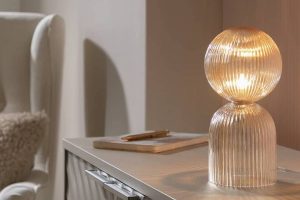
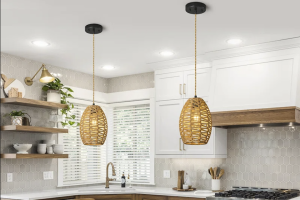
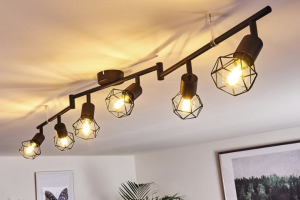
More Posts
Enhance Your Space with a Luxe Crystal Wall Lamp
Enhance Your Study Space with a Retro Glass Cover Table Lamp
Enhance Your Space with Adjustable Pendant Light Fixtures